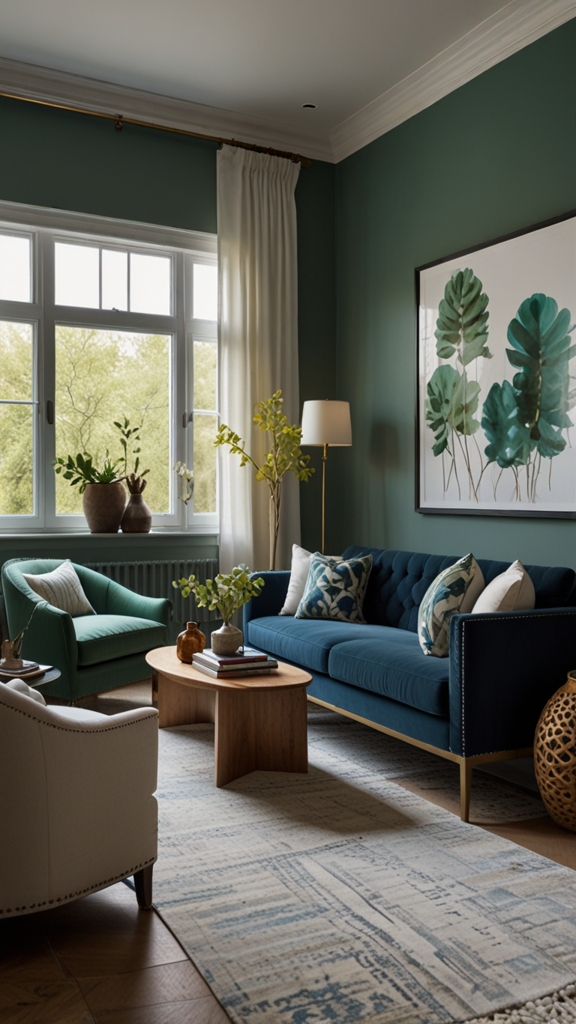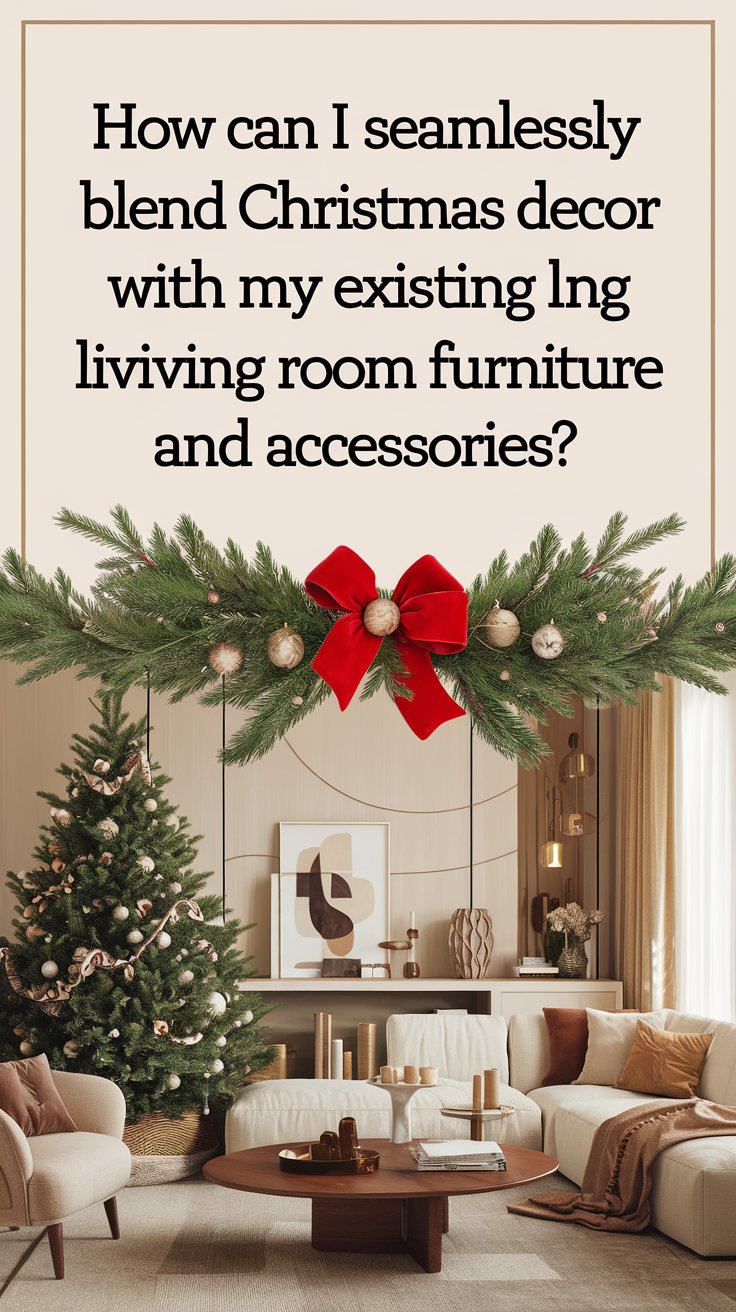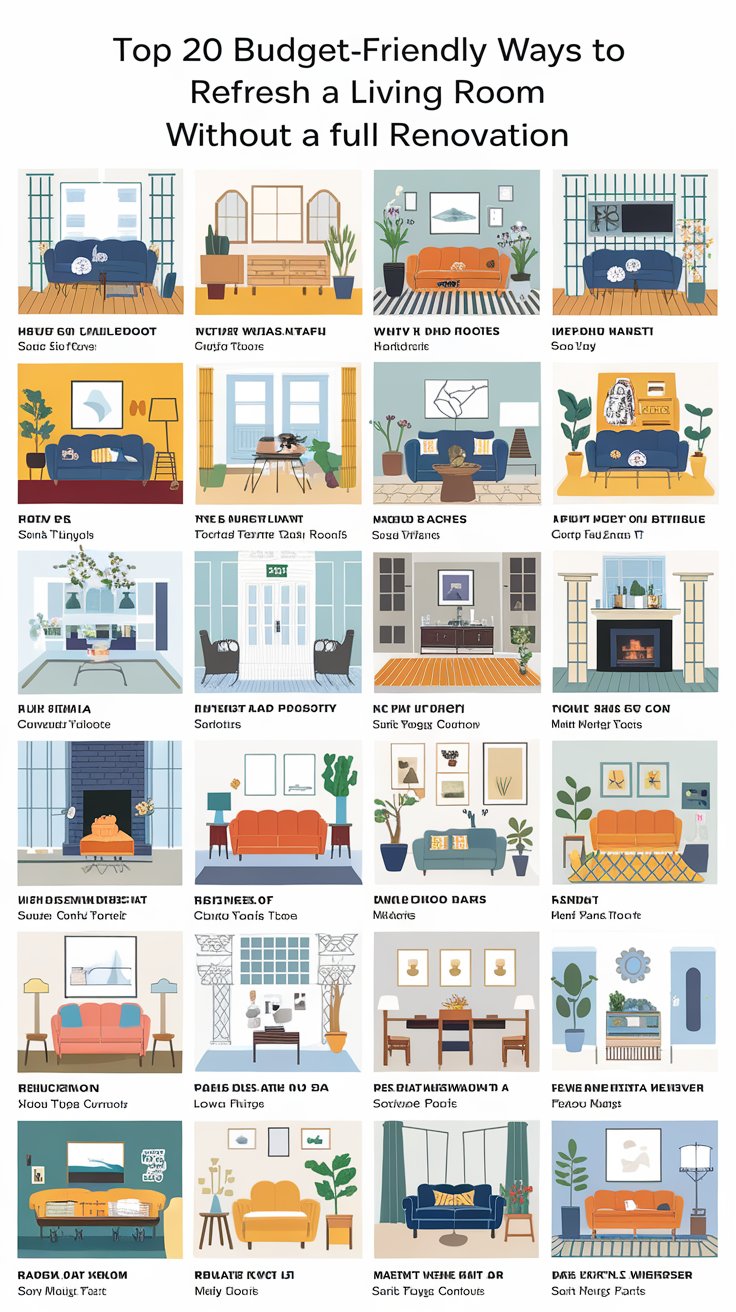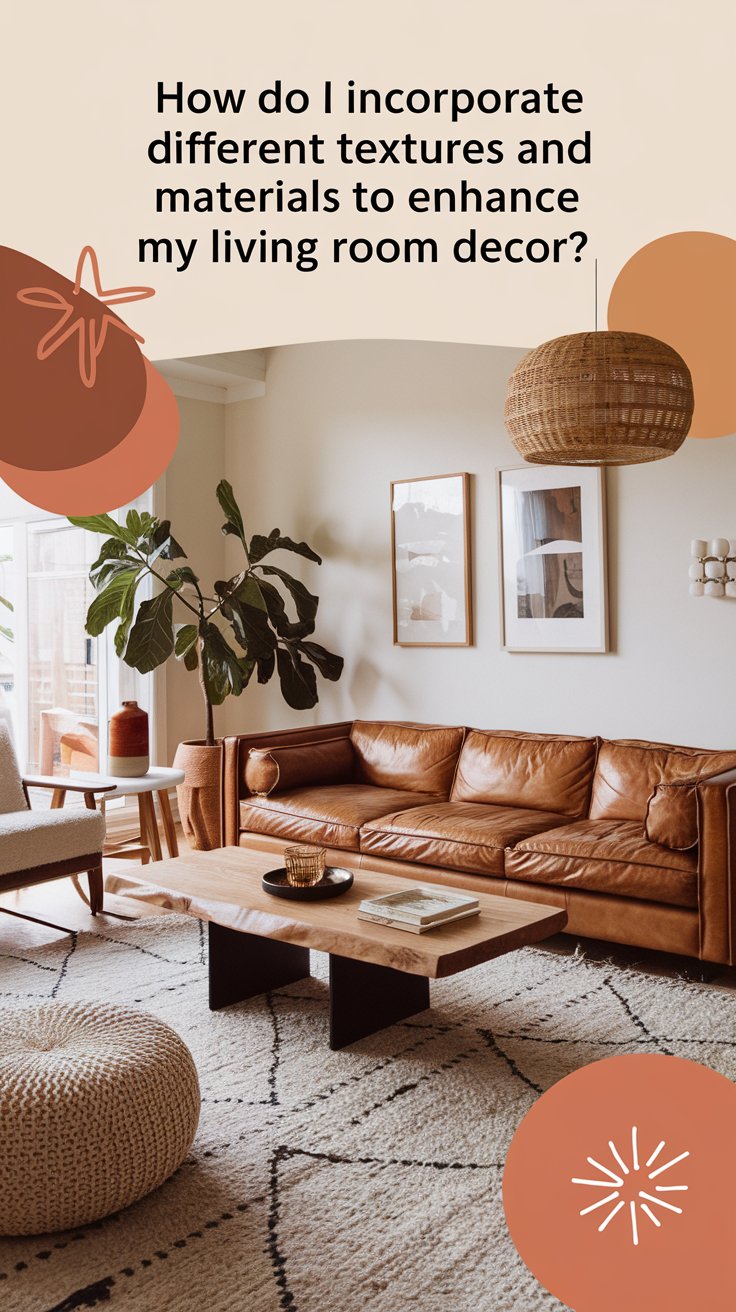The living room is the heart of your home—a place where style meets comfort. Choosing the right color palette can elevate its ambiance, create harmony, and reflect your personal taste. Here’s a comprehensive guide to help you select the perfect colors for your living room.
1. Understand Your Room’s Purpose

Before diving into color options, consider how you use your living room. Is it a space for relaxation, entertaining guests, or family gatherings? The purpose of the room will influence the mood you want to create:
- Relaxation: Opt for soothing colors like soft blues, greens, or neutrals.
- Entertainment: Choose vibrant shades like mustard yellow, coral, or teal to energize the space.
- Versatility: Stick to classic tones like beige, gray, or white for a timeless appeal.
2. Assess the Room’s Features

Take stock of your living room’s architectural elements and natural lighting:
- Lighting: Rooms with ample natural light can handle bold and dark colors. Dimly lit rooms benefit from lighter, reflective shades.
- Size: Light colors can make small rooms feel more spacious, while darker hues add coziness to large spaces.
- Focal Points: Highlight features like a fireplace or an accent wall with contrasting or complementary colors.
3. Find Inspiration

Seek ideas from:
- Interior Design Magazines and Websites: Explore trends and timeless schemes.
- Nature: Draw inspiration from landscapes, like ocean blues, forest greens, or desert neutrals.
- Personal Style: Incorporate colors from your wardrobe or favorite art pieces.
4. Select a Base Color

The base color forms the foundation of your palette. Consider neutral tones such as white, beige, or gray for versatility. Alternatively, choose a bold hue like navy or emerald green for a dramatic statement. Ensure the base color complements the furniture and decor you already own.
5. Choose an Accent Color

Accent colors add depth and interest. These can be vibrant shades like yellow, red, or turquoise, or muted tones like dusty rose or olive green. Use accent colors for:
- Throw pillows
- Rugs
- Artwork
- Curtains
6. Incorporate a Secondary Color

The secondary color bridges the gap between the base and accent colors. It should harmonize with your palette while adding variety. Popular secondary colors include soft pastels or warm earthy tones.
7. Test Your Palette

Before committing to a color scheme:
- Paint Swatches: Apply samples to walls and observe them at different times of day.
- Digital Tools: Use online room visualizers to preview color combinations.
- Fabric Samples: Test how upholstery and curtain colors interact with wall paint.
8. Factor in Furniture and Decor

Your color palette should complement your existing furniture and decor. Consider:
- Wood Tones: Match warm wood with earthy colors or contrast it with cool tones.
- Upholstery: Use your sofa or chairs as a starting point for choosing colors.
- Artwork: Highlight or complement your artwork with similar or contrasting hues.
9. Experiment with Color Psychology

Colors evoke emotions, so choose shades that align with your desired mood:
- Calm: Blues and greens for a serene atmosphere.
- Energy: Reds and oranges for vibrancy and warmth.
- Neutrality: Grays and beiges for balance and simplicity.
10. Use the 60-30-10 Rule

A balanced color palette often follows this guideline:
- 60%: Dominant color (walls and large furniture)
- 30%: Secondary color (upholstery and rugs)
- 10%: Accent color (decor and accessories)
By considering these steps, you can craft a color palette that not only enhances the aesthetic appeal of your living room but also ensures it’s a space where you love to spend time. Experiment, stay flexible, and enjoy the process of transforming your living room into your dream space.







